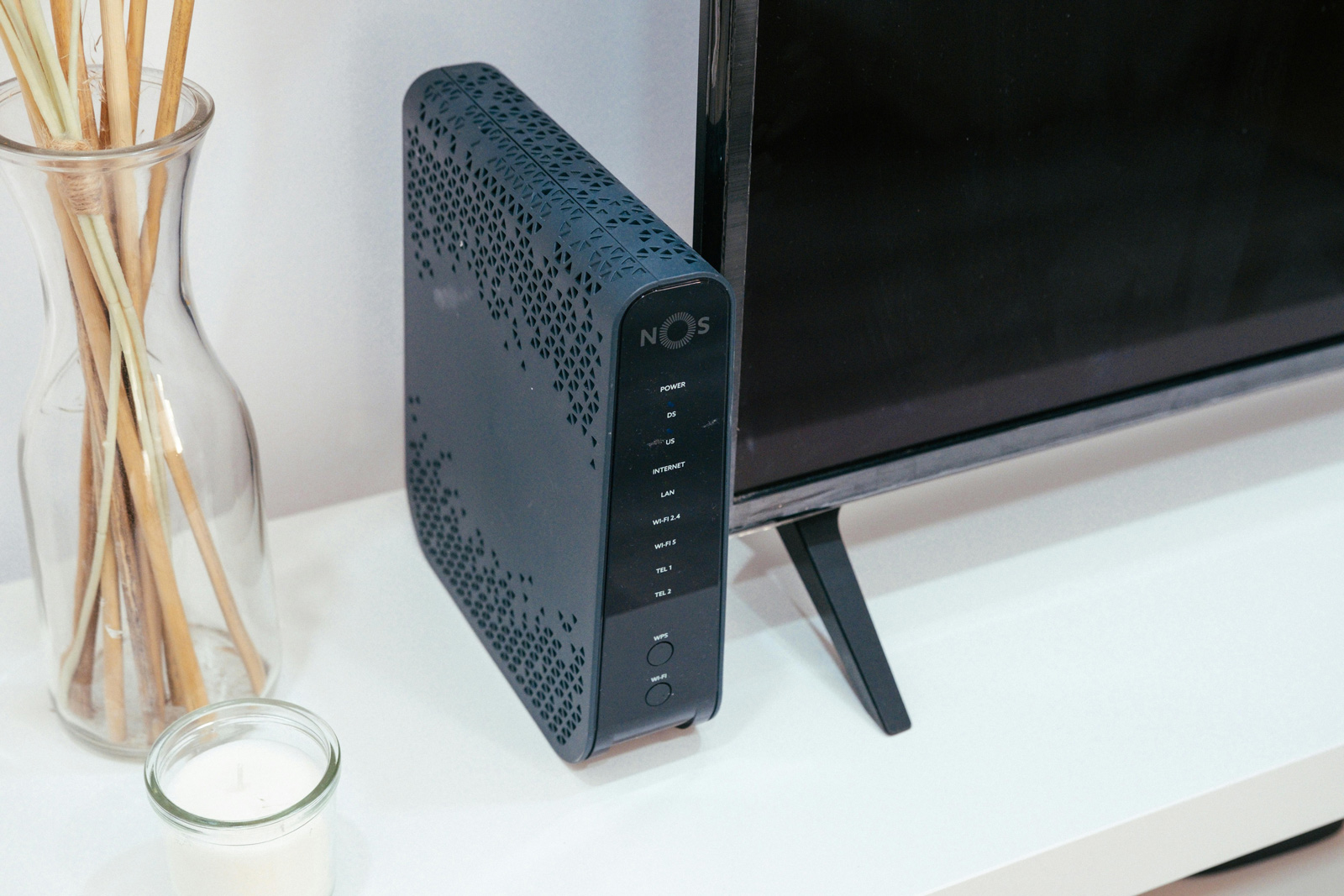Key Principles of Home Wi-Fi
Home Wi-Fi networks provide essential wireless connectivity for households, enabling seamless internet access for work, entertainment, and communication.
Optimizing Wi-Fi performance requires careful router placement, reducing interference from walls and electronic devices, and ensuring strong signal distribution throughout the home.
Network security is crucial for preventing unauthorized access. Using encryption protocols, strong passwords, and firmware updates helps safeguard personal data.
Advancements in home networking, such as mesh systems, dual-band and tri-band routers, and Wi-Fi 6 technology, enhance speed, efficiency, and reliability for multiple connected devices.
